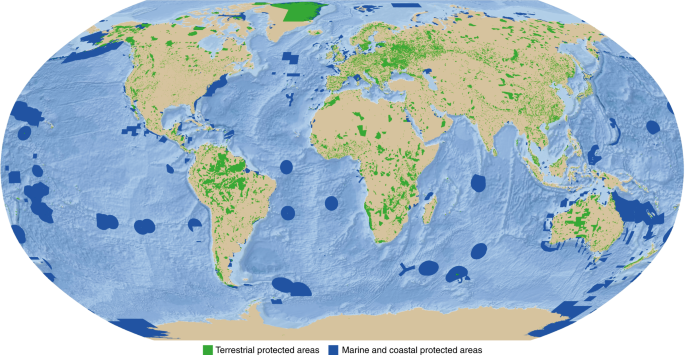
Abstract: "Habitat destruction is among the greatest threats facing biodiversity,
affecting common and threatened species alike. However, metrics for
communicating its impacts typically overlook the non‐threatened
component of assemblages. This risks the loss of habitat for species
that comprise the majority of assemblages going unreported. Here, we
adapt a widely‐used measure for summarizing researcher output (the h
index) to provide the first metric describing natural habitat loss for
entire assemblages, inclusive of threatened and non‐threatened species.
For each of 447 Australian native terrestrial bird species, information
on their association with broad vegetation groups was combined with
distributional range maps to identify the difference between the
estimated pre‐European and current extents of potential habitat. From
this, we calculated the ‘Loss Index’ (LI), which reveals that 30% of
native birds have each lost at least 30% of their potential natural
habitat—an LI of 30. At the sub‐continental scale, the LI ranges from 15
in arid Australia to 61 in the highly transformed south‐east of the
country. Further, different subcomponents of the assemblage have
different LI values; for example, Australia's parrots ( n=52 species)
have an LI of 38, while raptors ( n=32 species) have an LI of 25. The
LI is simple to calculate, and can be determined using readily available
spatial information on species distributions, habitat associations and
human impacts on natural land cover. This metric, including the curves
that are used to deduce it, could complement other biodiversity indices
by being used for regional and global biodiversity assessments,
comparing the status of natural habitat extent for assemblages within
and among nations, monitoring changes through time, and forecasting
future changes to guide strategic land use planning. The LI is an
intuitive tool with which to summarise and communicate how human actions
affect whole assemblages, and not just those that species identified as
threatened."
Read More: https://onlinelibrary.wiley.com/doi/abs/10.1111/cobi.13331


